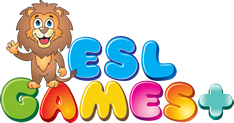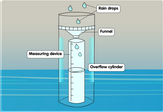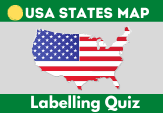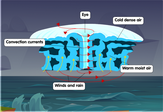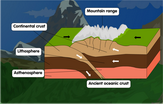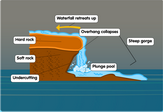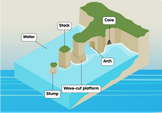Solar system diagram
To say that our solar system is a fantastic place would be an understatement. Although the Sun pales in comparison to the size and temperature of many other stars, it’s still an extremely superheated ball of mainly hydrogen gas that’s hot enough to give you sunburns from 152 million kilometers away.
Embark on a Stellar Journey: The Solar System and its Planets
The cosmos, with its endless expanse and myriad celestial bodies, has always piqued our curiosity. At the heart of this vast universe, our solar system stands as a testament to the wonders of space. For young explorers eager to delve into the mysteries of our cosmic neighborhood, understanding the solar system with a diagram and acquainting oneself with the eight planets is an exhilarating starting point.
Decoding the Solar System Diagram
Every journey requires a map, and when navigating the vast expanse of space, a solar system diagram is the guide of choice. A well-detailed diagram offers insights into the positioning, scale, and relationships between different celestial bodies in our system. Explore a detailed and engaging solar system diagram here, making the complexities of our universe accessible and understandable to budding astronomers.
The Majestic Eight: An Introduction to the Planets
Our solar system is home to the eight planets, each unique in its composition, appearance, and characteristics.
Mercury: The swift-footed planet that's closest to the Sun.
Venus: Often termed Earth's 'evil twin' because of its scorching temperatures and thick atmosphere.
Earth: Our home, a blue jewel teeming with life.
Mars: The red planet, a destination of interest for future space exploration.
Jupiter: The gas giant known for its massive size and swirling storms.
Saturn: Recognized for its stunning ring system.
Uranus: The icy, blue planet with an axial tilt that makes it unique.
Neptune: The furthest planet, known for its deep blue hue and mysterious winds.
While these eight are the most prominent celestial bodies, our solar system brims with other wonders, including asteroids, comets, and dwarf planets.
Importance of Learning about the Solar System
Understanding our place in the cosmos is not just about knowledge; it's about perspective. Learning about the planets and their orbits helps young minds appreciate the vastness of the universe and the delicate balance that allows life on Earth. It fosters curiosity, nurtures scientific temperament, and ignites a passion for discovery.
Dive into More Exciting Science Games
For those who have been captivated by the mysteries of our solar system and are eager for more adventures in learning, there's a universe of options waiting for you. The Science Games section on ESL Games Plus offers a plethora of interactive games tailored for kids, making the learning process both fun and informative.
Conclusion
The wonders of our solar system, with its radiant sun, eight diverse planets, and countless other celestial phenomena, offer endless avenues for exploration and discovery. As we delve into the intricacies of the solar system with a diagram, we're taking the first step in a lifelong journey of cosmic appreciation. So, young explorers, gear up and set your sights on the stars!"
The solar system involves everything that moves around the Sun in their own orbit, such as planets, asteroids and comets. The closest four planets – Mercury, Venus, Earth and Mars – are the terrestrial (rocky) planets. On the other hand, Jupiter, Saturn, Neptune and Uranus, which are much larger, are known as the Jovian planets or gas giants. Many planets, including ours, have tinier bodies called moons orbiting them.
Asteroids are rocky bodies that are much smaller than regular planets. While they usually have wayward orbits, many of them are found in a ring between Mars and Jupiter known as the asteroid belt. Dwarf planets are larger than asteroids, but still tiny in comparison to a small planet like Mercury.
Comets are made of rock, frozen water or gas, and dust, and have very weird, far-reaching elliptical orbits. When they fly close to our star, the frozen gases can burn up into bright, shining tails which we can see from Earth.
You can examine our updated solar system diagram to quickly review the different types of astronomical bodies that revolve around the Sun.
